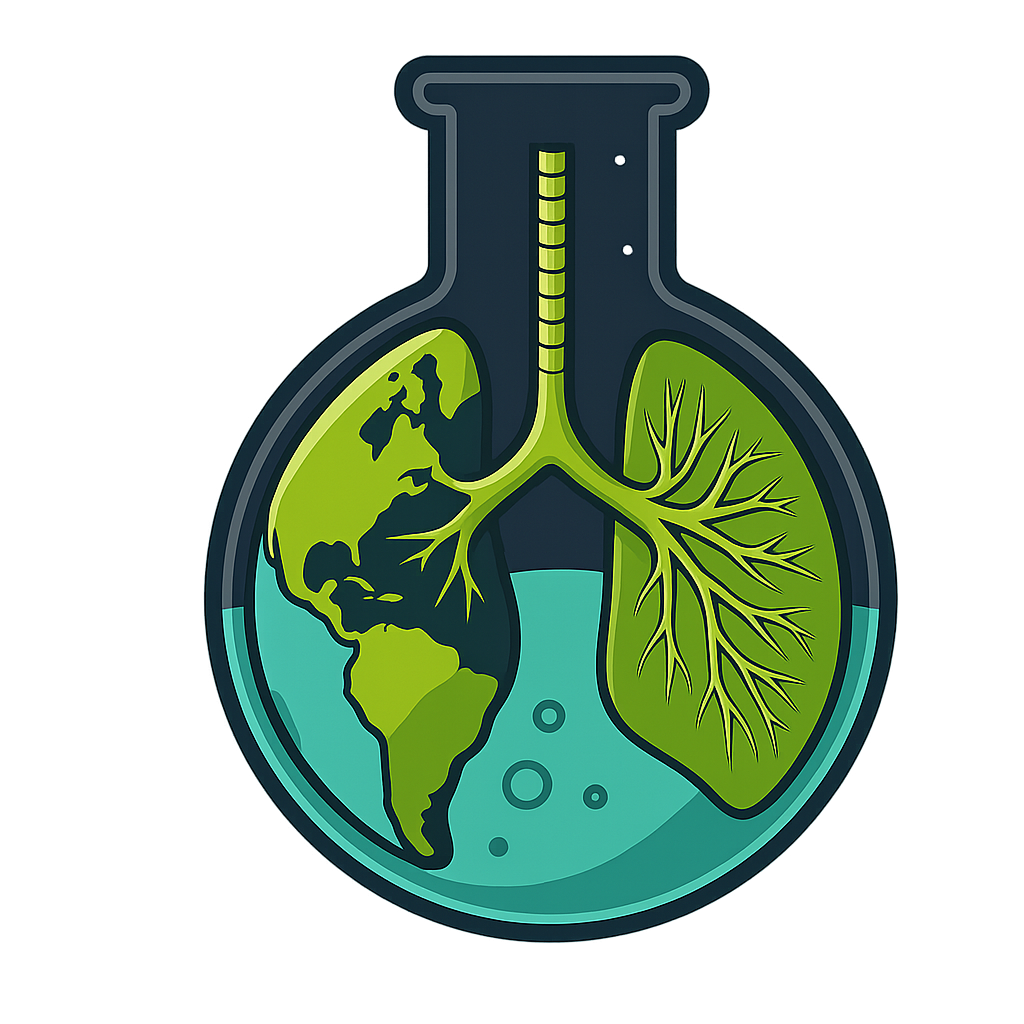Atmospheric chamber studies
Hydrocarbons in the atmosphere
Oxidation is the main fate for the hydrocarbons that are emitted to the atmosphere. Depending on whether the oxidation chemistry occurs in a clean or urban-influenced environment, the reaction products can vary from carbon dioxide to tropospheric pollutants like ozone and secondary organic aerosols. In addition to their effects on air quality (leading to poor visibility and adverse human health), aerosols are a large uncertainty in the understanding anthropogenic climate change.

We use a 10 cubic meter Teflon reaction chamber to study oxidation chemistry in a simulated atmosphere. The chamber is equipped with 72 UV black lamps to perform photochemical reactions and a capability to control temperatures from -20 to 60 Celsius. We introduce hydrocarbons into the chamber and generate oxidant species (ozone, OH radicals, NO3 radicals) to initiate the reaction. Reactions can be performed in the presence and absence of NOx, seed particles, or relative humidity (<5% to 90%).

Reactions in the chamber are monitored by a suite of in-situ instrumentation: (a) temperature and relative humidity probe, (b) GC with flame ionization detector, (c) NOx chemiluminescence analyzer, (d) ozone photometric analyzer, (e) chemical-ionization mass spectrometer (below), and (f) scanning mobility particle sizer.
In addition, our lab has the following capabilities to analyze samples that have been collected, e.g., aerosols on a filter or a gaseous mixture in a canister: (a) GC with mass selective detector, (b) high-resolution mass spectrometry (below), (c) LC-MS, (d) HPLC-UV, (d) UV-Vis spectroscopy, and (e) FT-IR spectroscopy with 10-m cell.
